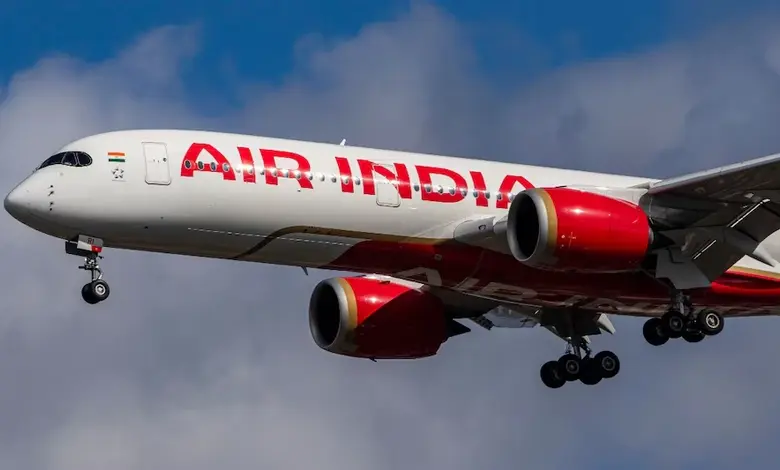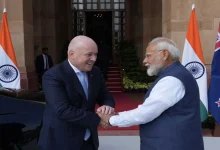How Will Pakistan’s Airspace Ban Impact Indian Flights?

Following the militant attack in Pahalgam, Jammu and Kashmir, India responded with firm measures against Pakistan. In retaliation, Pakistan announced a series of counter-decisions, one of which includes closing its airspace to Indian airlines. This means Indian aircraft can no longer fly over Pakistani territory en route to other countries.
When Flights Were Diverted Back to India
At the time of Pakistan’s announcement—effective from 6 PM IST on Thursday—several Indian flights were already airborne, some of which were flying over or nearing Pakistani airspace. A senior official from an Indian airline told BBC, “As soon as Pakistan announced the airspace closure, our immediate priority was to divert all airborne flights back to Indian territory. We then moved on to strategic planning for future operations.”
This isn’t the first time such restrictions have been imposed. Back in 2019, after India claimed to have conducted an airstrike in Balakot, Pakistan closed its airspace to Indian airlines from February 27 to July 16, forcing them to use alternative, longer routes.
Impact of Pakistan’s Decision
The airspace restriction is expected to primarily affect flights departing from Delhi, although other northern airports like Amritsar and Lucknow will also experience disruptions. Indian carriers flying from Delhi to Central Asia, West Asia, Europe, the UK, and North America will now have to alter their routes.
According to aviation consultant and former Air India Executive Director Jitendra Bhargava, “Flights departing from Mumbai to Europe and the US will be largely unaffected. However, flights from Delhi will need to detour via Ahmedabad to avoid Pakistani airspace.”
This will lead to longer flight durations for passengers and increased fuel costs for airlines. As expenses rise, airlines may pass on the additional burden to travelers in the form of higher ticket prices.
Route Diversions Will Raise Fuel Costs
Indian aircraft use Aviation Turbine Fuel (ATF), and as per Indian Oil, the cost of ATF for international routes stands at $794.41 per kiloliter in Delhi and $794.40 in Mumbai as of April 1, 2025. With longer routes, aircraft will consume more fuel, thereby increasing operational costs. The Indian Ministry of Civil Aviation noted that during the 2019 airspace closure, Indian airlines suffered losses exceeding ₹500 crore.
However, the damage wasn’t one-sided. Pakistan also incurred losses. BBC Urdu reported that on July 18, 2019, then Pakistani Aviation Minister Ghulam Sarwar Khan acknowledged a loss of approximately $50 million due to the airspace ban on Indian carriers.
Why? Because countries typically charge airlines an overflight fee for using their airspace. Pakistan, like others, earns revenue from these charges based on the aircraft’s weight and distance flown. By banning Indian airlines, Pakistan forgoes this revenue.
Impact on Long-Haul Flights
Indian carriers flying to Central Asia, Europe, the UK, and the US typically use Pakistani airspace to avoid longer routes over the Arabian Sea or Central Asia. With the closure in place, flight durations and fuel needs will increase.
Moreover, flights from Delhi and other northern airports heading west will now likely need intermediate stops, as opposed to direct flights that typically last 10–15 hours. This will significantly raise operating costs.
First, landing at any airport incurs landing charges. Second, airlines may need to purchase fuel abroad, where it may be more expensive than in India. Third, pilots are limited by regulated flying hours. If stopovers are necessary, airlines may need to assign additional pilots, further raising costs.
As for the scope of the ban, Bhargava clarified it applies to all aircraft registered in India and those leased by Indian airlines from abroad.
While Mumbai-bound flights may experience minimal disruption—possibly just a 30-minute delay—flights from Delhi are expected to be delayed much longer.
Will Foreign Airlines Benefit?
Since the restriction only applies to Indian airlines, foreign carriers operating from Delhi, Lucknow, or Amritsar can continue using Pakistani airspace without disruption. This gives them a competitive edge over Indian airlines.
Their operating costs will remain unchanged, which means ticket prices may not increase—unlike Indian carriers that may need to raise fares due to higher fuel consumption and longer flight times. As a result, Pakistan’s move could strain Indian carriers financially and, by extension, their customers.




